Mould in the Bathroom – Prevention and Cure
This website may earn commissions from purchases made through links in this post.

Mould growth – not only is it unsightly, it can be bad for your health. Mould can reduce the quality of indoor air and can aggravate asthma and hay fever as well as increase the risk of respiratory illness, especially in children.
Mould is typically caused by bacteria that loves to grow in hot, humid environments. Our bathrooms, therefore, provide an ideal environment for mould to establish some real estate and start a family.
Prevent the next generation of mould colonising your bathroom with these tips.
Preventing mould in the bathroom
The best cure is prevention, as they say. These tips will help keep your bathroom mould free.
- Take shorter, cooler showers. Not only do you save money on hot water, the less build up of steam, the quicker a bathroom dries, helping to prevent mould.
- If your bathroom has a window, keep it open to allow air circulation both during and after showering.
- Use a ceiling exhaust fan whilst showering to vent the humid air out of the bathroom. Keep the exhaust on for a while after your shower to help dehumidify the bathroom (don’t tell DH I said that, I’m always nagging him to turn off the bathroom fan).
- Hang your towels outside to dry in the sun rather than leaving them to stay damp all day in the bathroom. If you shower at night, consider hanging towels out over an airer to dry.
- Check your bathroom for leaks and fix dripping taps.
- Make sure the shower recess dries each day. Use a squeegee to give it a quick, 5 second wipe over to help it dry.
- Clean the bathroom regularly to prevent mould build up.
- Next time you paint the bathroom, consider using a paint or primer that has an anti-mould agent in it to help prevent mould from recurring.
Getting rid of mould in the bathroom
While there are a lot of products on the market designed for ridding the bathroom of mould, I’ve found good old vinegar and a bit of elbow grease to be the best way to eliminate mould. Apparently the experts agree.
According to an Australian Environmental Mycology Laboratory, the best way to clean mould from surfaces is to vacuum the affected area with a HEPA vacuum to remove spores, then wash with vinegar (80%) / water (20%) solution. Check out their cleaning advice page for specific details. As a side note, they also suggest using bi-carb soda to remove stubborn stains. Just another reason to avoid the chemical cleaners and stick to the cheap and natural stuff.
Despite being a commonly suggested remedy, bleach does not kill mould. Here’s what the experts say:
Specifically, bleach has a high pH which makes it ineffective to kill mould. The mould detects the bleach as a chemical attack and defends itself with exo-enzymes and a good defending membrane. The exo-enzymes makes the chlorine compounds in the bleach inert which then the fungi uses it as a food source. So when we put bleach on mould we are actually feeding it. Visually it looks like the mould is disappearing because bleach “bleaches” which means it strips the melanin compounds out of the hyphal membrane (just like the melanin in our skin when we get a sun tan). Three weeks later the fungi hyphae recovers the melanin content and the mould becomes visible again so it was actually never gone. [source]
If mould has gotten under silicone sealant in shower recesses, then you will need to remove the sealant, clean the area well with vinegar, allow to dry and then reseal with new sealant specific for use in wet areas.
It can be easy to ignore a spot of mould when there are so many other things to do. But ignoring it can turn a small job into a big problem, which in turn can have adverse affects on your health. And the answer is actually simpler and cheaper than buying and using expensive and toxic chemical cleaners (along with all the necessary protective gear) – plain white vinegar comes to the rescue once again.

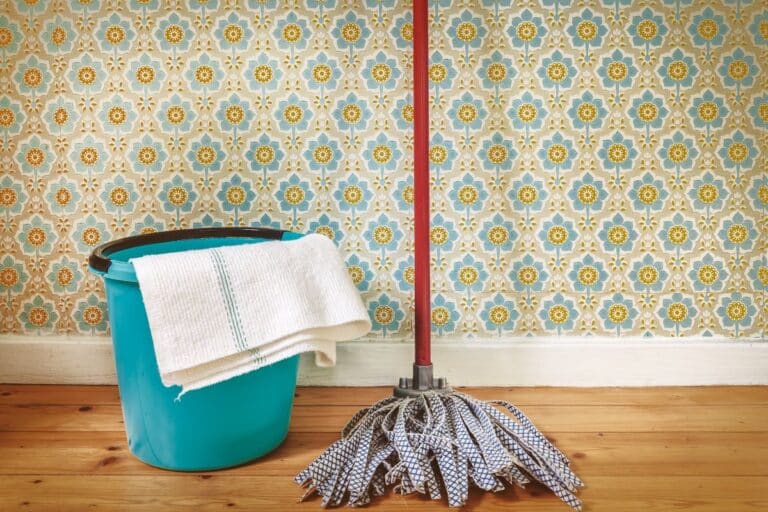
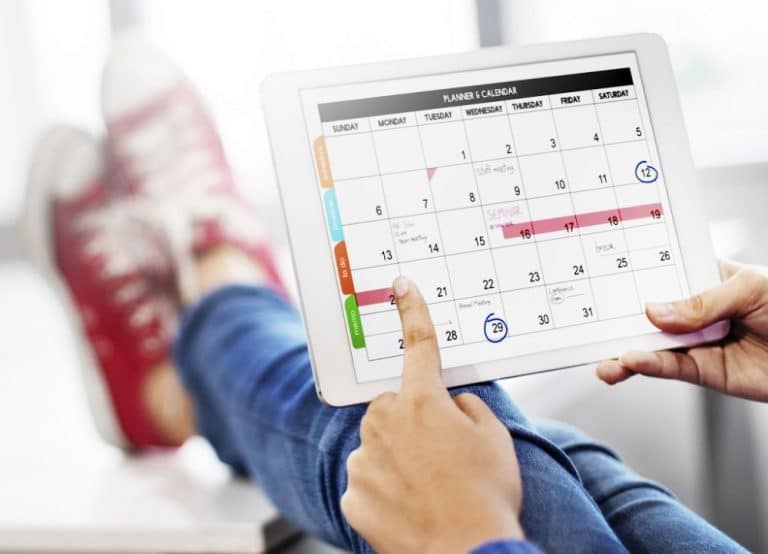
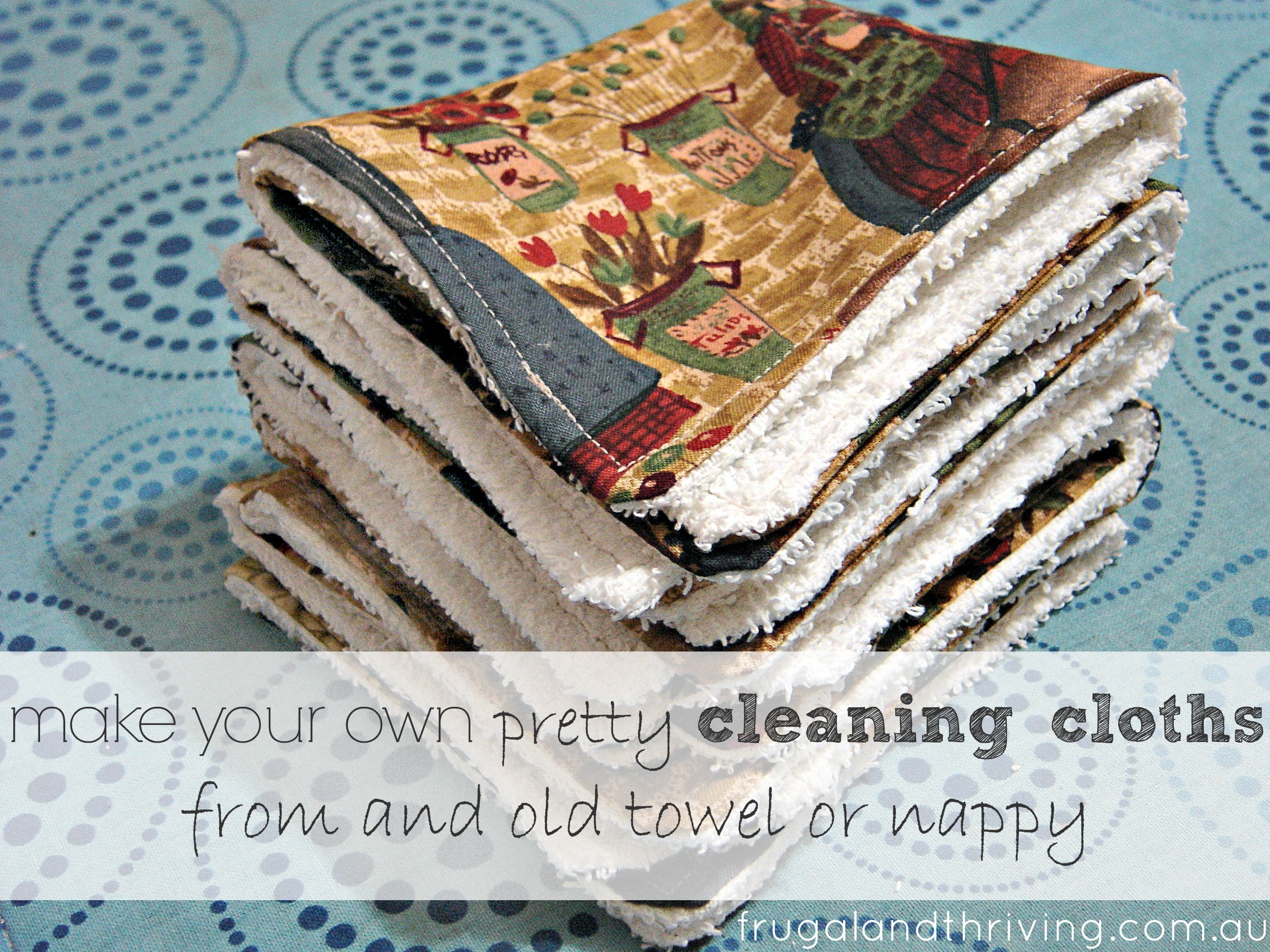
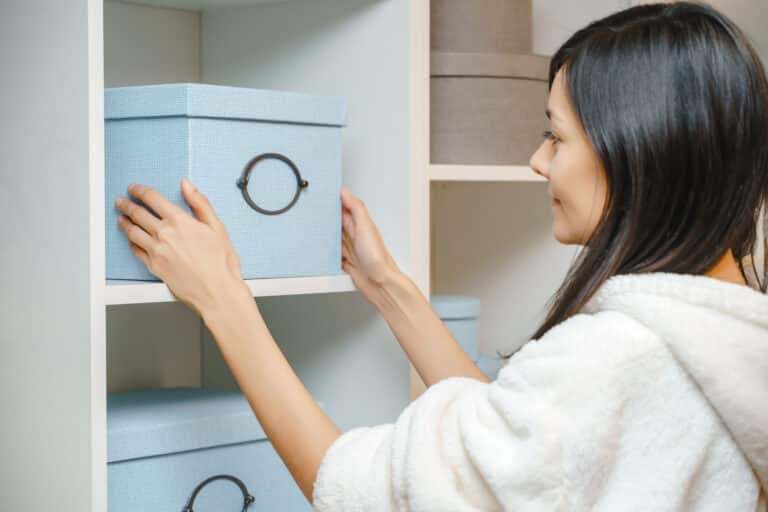
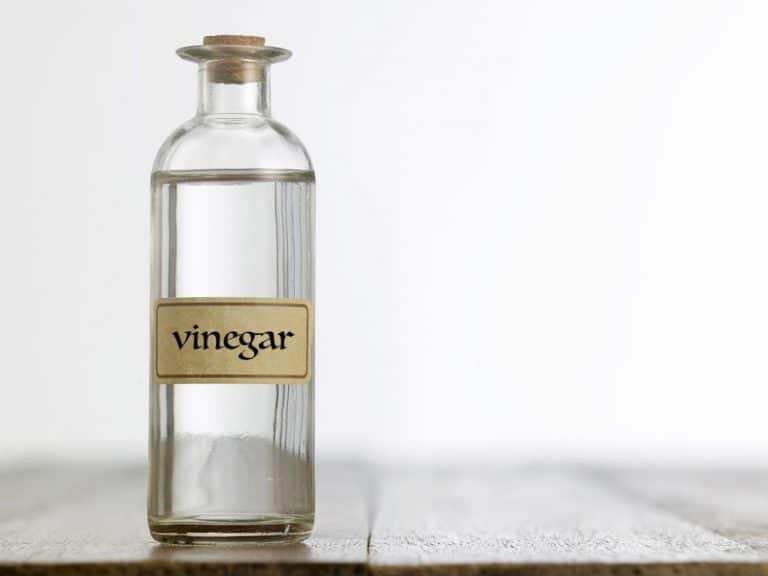
Thanks for this information. It’s how I clean anyway but it’s good to read facts that back me up. I actually use vinegar that has had citrus peel soaking in it. It cleans the surface more easily.
I like the reassurance that we’re cleaning effectively, despite opting out of conventional cleaners. I like the idea of citrus peel – do you add it yourself?
Ah ha you can teach an old dog new tricks, I’m throwing out my bleach right now, thanks……….
I recently bought some bleach thinking we ‘needed’ it. The more I read, the more I realise that we don’t.
I will have to try this! Thankyou I always use bleach and other chemicals but will be swapping for sure much safer for my little man.
And it’s cheaper – double win.
Great tips… we’ve just moved from a house that was riddled with mould – my 2y/o was constantly sick & my husband was stricken with extreme hayfever every day. We’re in a house with no mould & like magic…we are all 100%. Interesting article :)
It’s a bit scary how much our home environment can affect our health and quite often we don’t even realise it until after we change environments. I think sick building syndrome would be one of those things people can suffer from and often left undiagnosed.
Glad you’re better now!!
I used the advice of Sharon Lush who said to put some oil of cloves in water, spray it onto the mould and then 24 hours later wash with bicarb and vinegar! Works perfectly and the mould hasn’t come back. I’ll try and find the link for you and post it.
Sharon’s books are great! I’ve heard oil of cloves is good – I would probably try the vinegar first just because it’s cheaper and easier to source, but move on to cloves (rather than commercial cleaners) if I needed more oompf (LOL, I have no idea how to spell that).
Cloves did not work for me. It just came back the next day.
Sorry to hear that. If the mould is bad, you may need the help of an expert to remove it.
Sharon says: ….Mix 2 drops of Oil of Cloves (which kills the mould spore) and a litre of water in a spray bottle, shake and mist thoroughly over the offending mouldy surface. Leave this on overnight so the oil can work on the mould – and the following day – steam up the room by turning on the hot tap for a while, then (using a parmesan cheese shaker), sprinkle the walls with bicarb soda, spray with white vinegar and scrub while it’s fizzing using a broom with pantyhose over the bristles.
Can be found at: http://www.lifestyle.com.au/diy/cleaning-mouldy-bathroom-walls.aspx
Thanks for sharing the link! Thats great.
THIS IS GREAT, THANKS EVERYONE FOR SHARING! Clove oil is available at most chemists. As I have some in my first aid kit (for tooth ache) and never have need for it all before its long expiry it is good frugal sense to make the most of it in this way. A little goes a long way…it is a must for our household.
The information will hopefully help to “convert” some bleach using friends. :)
Thanks Rachel, I was wondering where you get clove oil!
“Check your bathroom for leaks and fix dripping taps.” – Be sure to do routine checks on your pipes under your sink and behind your toilet to prevent mold build up.
Wow! Great mold prevention tips. Hanging towels outside and taking shorter showers are something easy that anyone could implement in their lifestyles to help keep mold out.